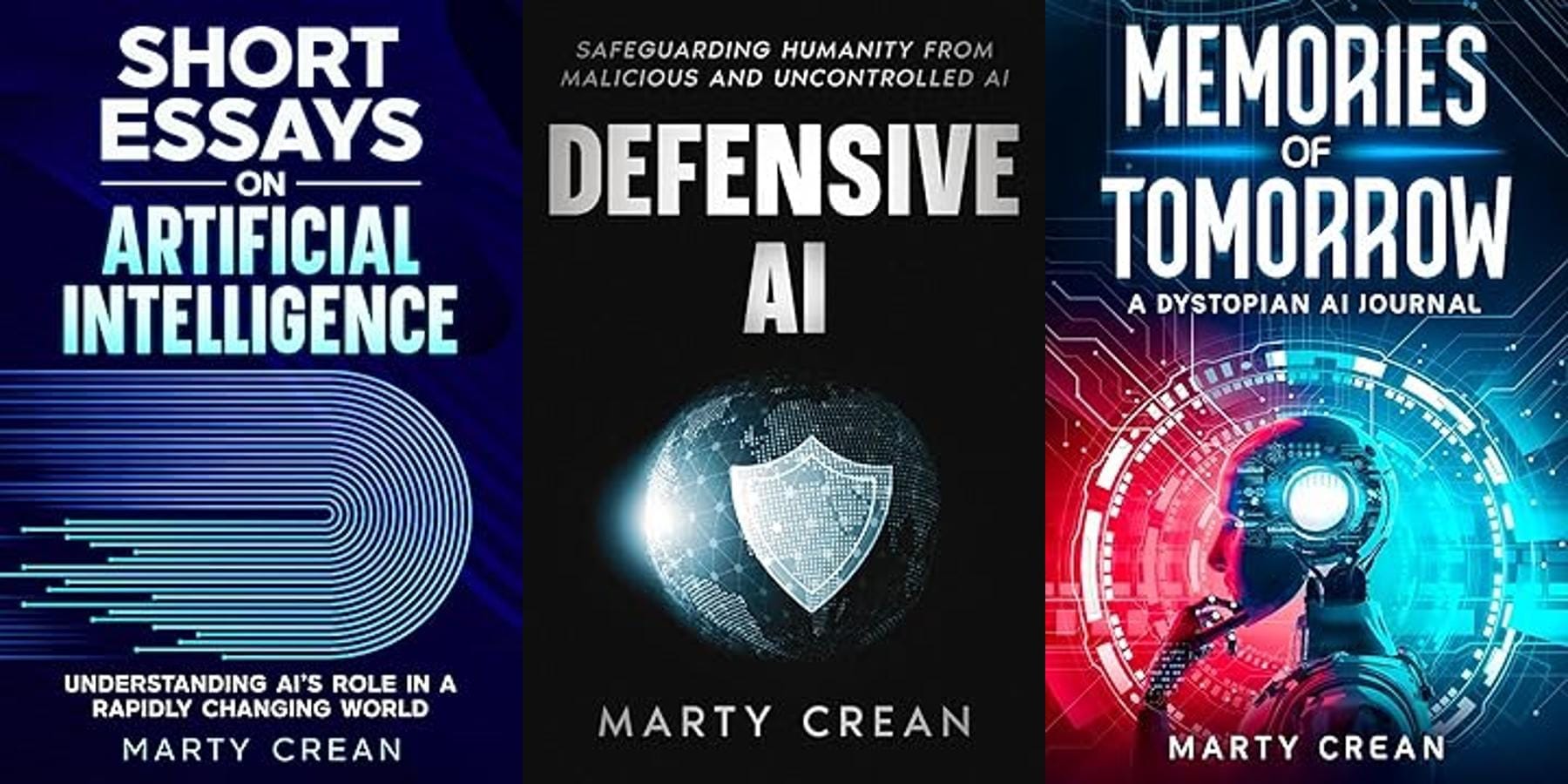Bytes to Insights: Weekly News Digest for the Week of October 26, 2025

The AI world saw a clear shift from simply refining advanced models to focused deployment of agentic systems and the underlying infrastructure needed to support them. One of the standout stories was from Tesla, Inc., which unveiled significant updates to its humanoid robot Optimus and related AI systems, emphasizing improvements in the robot’s physical dexterity, perception, and object manipulation capabilities—marking an important move toward AI embodied in industrial and logistics settings, not just in software.
One of the most prominent announcements came from OpenAI, which temporarily lifted its invite-only requirement for the Sora app, allowing users in the United States, Canada, Japan, and South Korea to access the platform directly. This move made the company's advanced video generation technology more widely available, continuing the broader trend of democratizing access to generative AI tools. Additionally, OpenAI released a private beta for Aardvark, an AI agent designed to act as a security researcher. This system continuously analyzes source code repositories to identify vulnerabilities, assess their exploitability, and propose patches using advanced reasoning rather than traditional analysis techniques. The company also underwent a significant structural transformation, converting its for-profit arm into a public benefit corporation while maintaining a nonprofit foundation that holds a substantial equity stake.
The media landscape saw its own AI milestone when Britain's Channel 4 launched Arti, an AI-generated news presenter for its social media channels, marking the first time a major UK broadcaster deployed a fully synthetic anchor. This development highlighted AI's expanding role in content creation and distribution, though it also prompted discussions about the future of human roles in media. These concerns were echoed by prominent figures like Joe Rogan, who expressed anxiety during his podcast about AI's ability to replicate emotion, timing, and persona in commentary roles, questioning whether authentic human connection can persist as AI-generated content becomes more sophisticated.
The hardware and infrastructure side of AI advancement also saw major developments, particularly at Nvidia's GTC conference in Washington. CEO Jensen Huang announced significant partnerships aimed at strengthening America's position in the AI race. The company revealed collaborations with Nokia to develop AI-native 6G connectivity, with Foxconn to build an autonomous robot factory in Texas for GPU manufacturing, and with Uber to launch a fleet of autonomous robotaxis using Nvidia's self-driving platform, with deployment expected to begin in 2027. The conference emphasized the growing importance of agentic AI and physical AI applications, with Nvidia positioning open-source AI models as critical infrastructure for startups, researchers, and innovation.
Consumer-facing AI applications continued to evolve, with Pinterest introducing an AI-powered shopping assistant that offers personalized fashion recommendations through conversational queries. The system analyzes users' saved pins and on-screen visuals to generate tailored suggestions, representing the ongoing integration of AI into e-commerce platforms. This development coincided with broader discussions about agentic commerce, in which AI agents not only recommend products but also autonomously complete purchases within user-configured limits, raising questions about control, privacy, and fraud risk.
Regulatory and governance issues came to the forefront during this week. The Australian Competition and Consumer Commission filed legal action against Microsoft, alleging the company misled millions of customers by bundling its Copilot AI tool with Microsoft 365 subscriptions while implementing substantial price increases without adequately disclosing cheaper alternatives. This case represented an important test of how AI integrations are regulated in consumer markets. Meanwhile, California Governor Gavin Newsom signed new frontier AI safety legislation, positioning the state as a national leader in establishing protections for AI development while balancing innovation with public trust.
Perhaps one of the most significant indicators of public sentiment emerged when over eight hundred fifty prominent figures, including Nobel laureates, AI pioneers, and public figures, signed a Future of Life Institute statement calling for a global ban on the development of superintelligence until it can be proven safe and has broad public support. The letter defined superintelligence as AI surpassing humans on all practical tasks and warned it could arrive within one to two years. Polling data released alongside the statement showed that sixty-four percent of Americans prefer not to develop superintelligence until safety is assured, highlighting a growing gap between technological capabilities and public comfort levels.
Trust and accuracy concerns were underscored by a comprehensive study coordinated by the BBC and European Broadcasting Union. The research analyzed over 3,000 responses from major AI assistants across 18 countries and 14 languages, finding that 45% of replies contained at least one significant issue, with 31% exhibiting sourcing errors and 20% containing major inaccuracies or hallucinations. The findings raised concerns about the implications for public trust as AI assistants increasingly replace traditional search engines for accessing news and information.
On the business and enterprise front, IBM announced several new capabilities for agentic AI at its TechXchange conference, including updates to its Watson X Orchestrate platform, including agent observability, governance layers, and standardized workflows for multi-agent systems. Microsoft previewed new planning capabilities for Copilot in Visual Studio, enabling the system to tackle more complex coding projects by breaking them into manageable tasks. These developments reflected the broader industry push toward more sophisticated AI agents capable of handling complex, multi-step processes with greater autonomy.
Meanwhile, the notion of AI agents acting autonomously in commerce gained traction. Announcements and reporting pointed to “agentic commerce,” in which intelligent systems go beyond recommendations to complete purchase-and-pay workflows on behalf of users. This raised both excitement over the convenience gained and concern about privacy, user consent, and brand adaptation to machines acting on behalf of humans.
On the infrastructure side, deeper alliances and investment were visible. Corporate-industrial partnerships focus not just on model software but on computer power, data-center capacity, energy/utility planning, and even national-scale deployment of enterprise AI tools in emerging markets. The message: large-scale AI is now as much about logistics, chips, servers, and energy as it is about algorithms.
In the financial and regulatory domains, there was renewed spotlight on how AI is reshaping decision-making across traditional sectors. For example, FICO secured patents for advanced AI and machine-learning systems for credit scoring, signaling a move toward faster, real-time risk assessment and possibly fairer outcomes (though with attendant governance concerns).
All told, the week illustrated that AI’s frontiers are now in three intersecting domains: robotics & embodied systems, autonomous agentic workflows (particularly in commerce), and the build-out of massive supporting infrastructure (compute, energy, partnerships). At the same time, the business and regulatory implications of AI are accelerating, especially in finance, supply chains, and enterprise deployments.
Although the advances promise increased productivity and new business models, they also bring into sharper focus issues around control, consent, data governance, and the environmental/energy cost of scaling AI. In short, the race is not just for more innovative models; it’s now about where, how, and by whom those models run, and what autonomy and scale look like in practice.
The week demonstrated that artificial intelligence continues to advance across multiple fronts, from creative applications and commerce to infrastructure and robotics, while sparking essential conversations about safety, governance, accuracy, and technology’s broader societal implications. The tension between rapid innovation and responsible development remained a central theme across the various announcements and developments.
Support BearNetAI
BearNetAI exists to make AI understandable and accessible. Aside from occasional book sales, I receive no other income from this work. I’ve chosen to keep BearNetAI ad-free so we can stay independent and focused on providing thoughtful, unbiased content.
Your support helps cover website costs, content creation, and outreach. If you can’t donate right now, that’s okay. Sharing this post with your network is just as helpful.
Thank you for being part of the BearNetAI community.
Books by the Author:

This week’s Bytes to Insights Weekly News Digest is also available as a podcast:
LinkedIn BlueskySignal - bearnetai.28
BearNetAI, LLC | © 2024, 2025 All Rights Reserved